SERVING DRAGON-CLOUDS
FOR ROMANIAN METEOROLOGY
-text and photos Andrei Dorian Gheorghe
design Florin Alexandru Stancu
special guest photographer Valentin Grigore-
We cannot claim we are sky lovers
if we watch only the heavenly bodies.
The clouds are also important components
of the celestial view.
So it is obvious that the beauty of the sky
is both scientifically and poetically shared
by astronomy and meteorology.
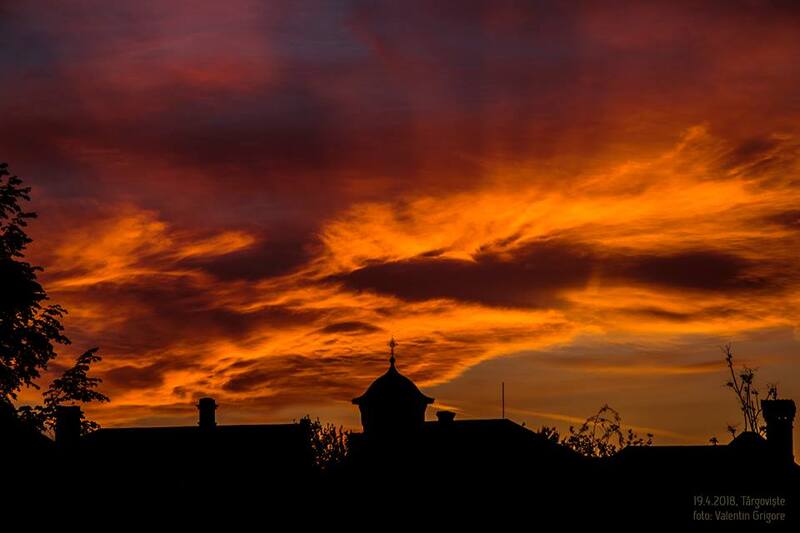
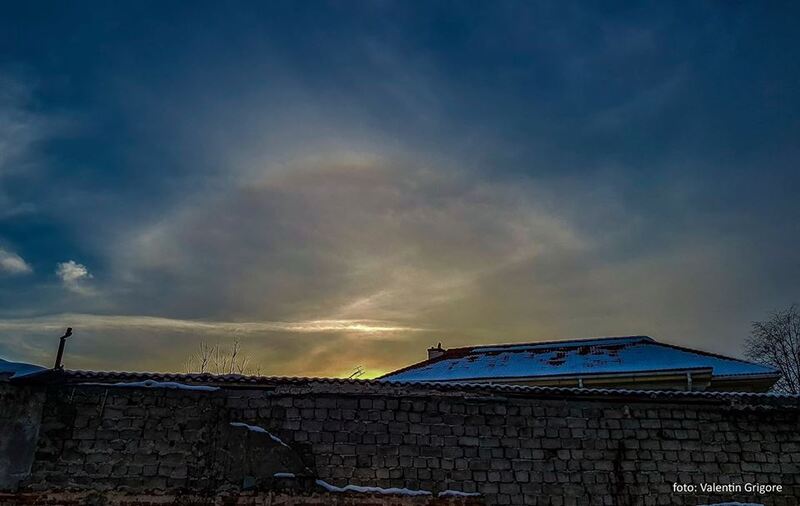
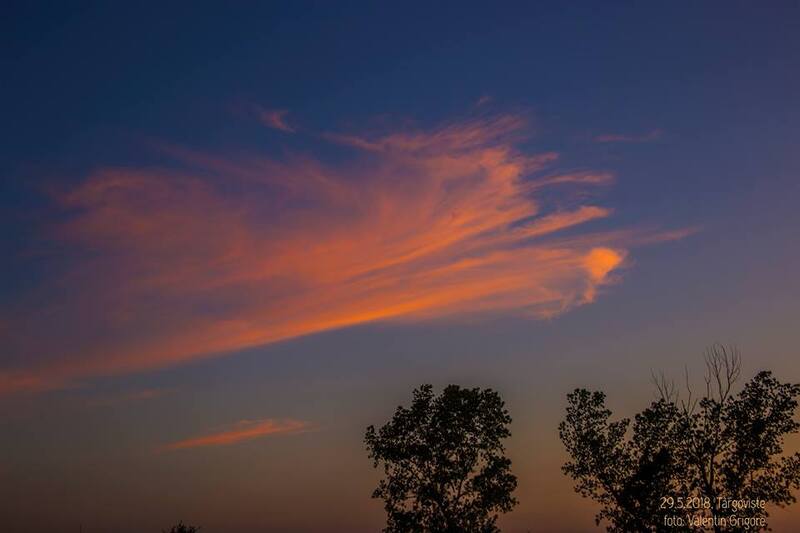
After the introductory atmospheric photos
made in 2018 by the president of SARM, Valentin Grigore,
I’ll present you a vision which began in 2017 June 10
when I saw in the town of Braila, on the car of a patriot,
the stylized version of the wolf-dragon
(in the three colors of the Romanian national flag)
which was the fight flag of the antique Geto-Dacians.
And I remembered that in this town
Stefan Hepites (1851-1922)
made the first meteorological station in Romania.
This great Romanian scientist
was an engineer, physicist and meteorologist
and had a Greek origin.
(It is to note that,
after the fortress-cities made by the antique Greeks
on the shore of the Black Sea,
the entire province of Dobruja in current Romania
belonged to the Byzantine Empire
for a few centuries.
Then the first major wave of Greeks
emigrated to the Romanian countries
around the Fall of Constantinople in 1453,
and the second major wave came in the 18th century,
when the Ottoman Sultans decided to name Greek aristocrats
from Istanbul’s Phanar quarter
as rulers in Wallachia and Moldova,
this community paradoxically bringing many economical problems
along with impressive cultural contributions
to the future united state of Romania).
He fought in the Independence War
against the Ottoman Empire (1877-1878),
which brought the union of Romania with the Dobrogea province,
and became the founder of the Romanian Meteorological Service (1884),
co-founder of the World Meteorological Organization (1884),
founder of other national services
(seismic, exact hour, magnetic, measurements and weights),
and led the Romanian Meteorological Service
to be a laureate of the Universal Exhibition in Paris (1900).
Then in 1908 the Astronomical and Meteorological Observatory
was inaugurated in Bucharest,
followed in 1930 by the Meteorological Observatory
near Bucharest,
in a building which I photographed from the speed of a bus
in 2018 April 4.
But the stylized dragon-snake of the Brailan patriot made me also remember
a Romanian theologian, philosopher, physicist and folklorist,
Traian Gherman (1879-1961),
who, after the Romanian Great Union in 1918,
edited a magazine, “The Treasures of the Villages”, in the 1920s,
and published a book in 1928,
“Popular Meteorology - Observations, Beliefs, Habits”,
in which I found that some of the old Romanian peasants
believed that the clouds were carried in the sky by dragons.
It is also to note that he published this book in Blaj,
the symbol-town of the Romanian national resistance in Transylvania
under the Habsburg domination.
The cloud from above, which I photographed in 2017 November 30
and seems like a dragon,
gave me the idea to follow the sky during that cold season
(knowing that the clouds are more numerous and spectacular
in the winter time)
in memory of the two Romanian heroes,
Stefan Hepites, the champion of scientific meteorology,
and Traian Gherman, the researcher of folkloric meteorology.
I began with the day of the Winter Solstice
(2017 December 21).
I continued between two solar halos
(2017 December 22-28).
After two other pictures (2017 December 28 and 29)
the next series caught the last day of 2017 and the New Year night,
with the Crowned Moon, fireworks and the star Sirius.
The first series in 2018
began with the first sunrise of the year (January 1)
and ended with the mysterious view of the Sun
penetrating a large cloud of… Saharan dust (January 16).
The second series in 2018 (January 17 - February 5)
ended with a sun pillar.
The third series began with the Sun penetrating the fog (February 5)
and ended with another solar halo (March 9).
My last chronological series (March 20 - April 18)
ended with a closeness
between the Moon and Venus among the clouds.
Then, for the beauty of this project
I added three other atmospheric photos by Valentin Grigore.
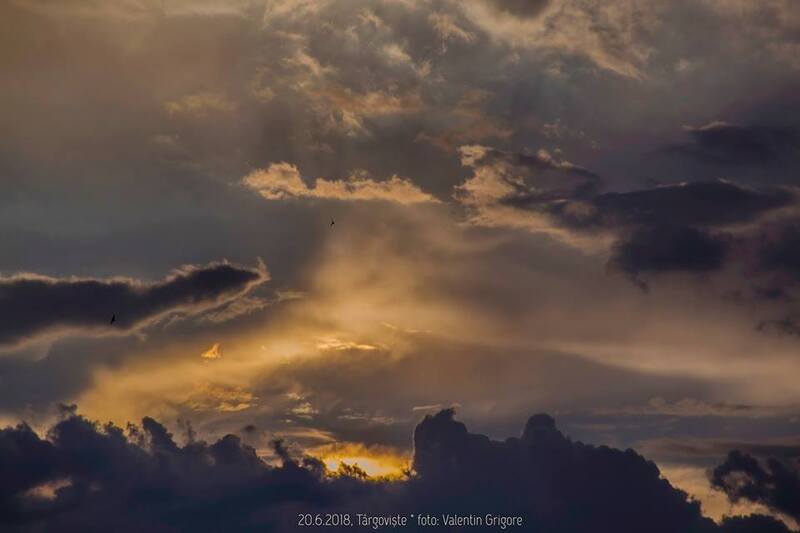
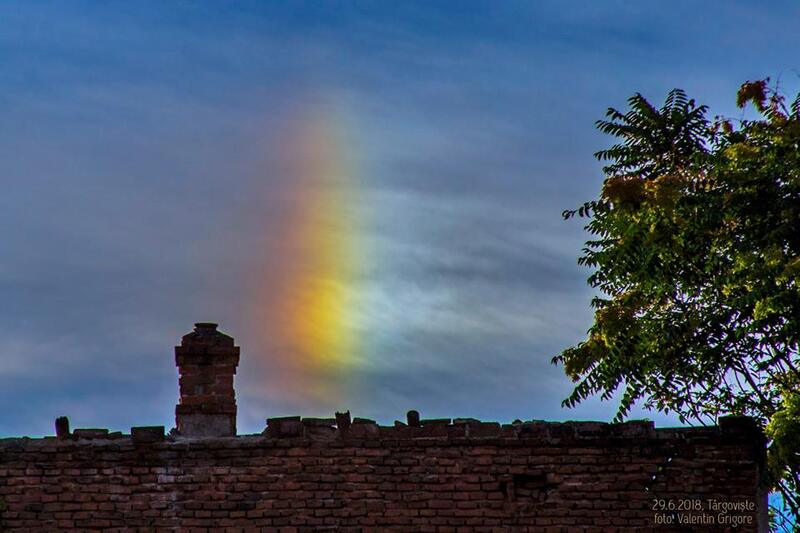
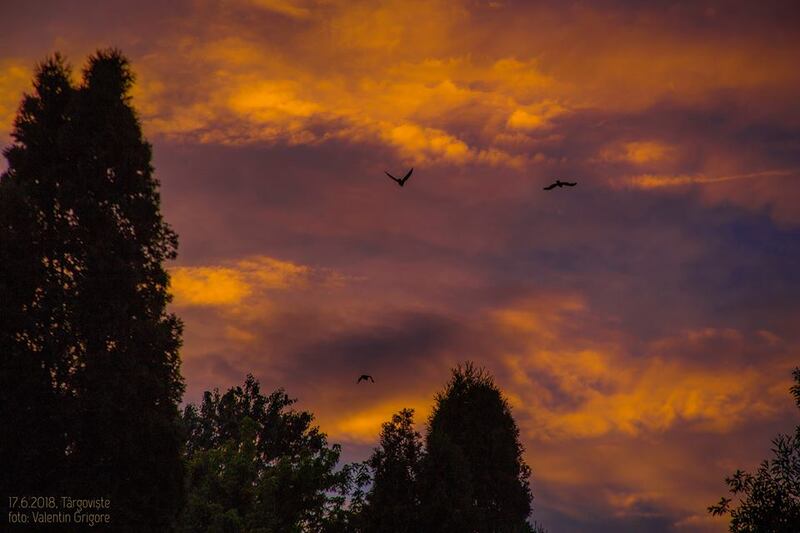
In 2019 June I returned to this theme in Bucharest
and I saw the Bosianu House,
which was a secret place for the unionists
before the Union between Wallachia and Moldova in 1859,
then the headquarters of Stefan Hepites
for his meteorological work in the 1880s,
and is the seat of the Library of the Astronomical Institute
of Romanian Academy today.
Close to it,
I found a short street named just… Stefan Hepites,
from which I tried to photograph the old houses
(certainly, younger then the Bosianu House).
And of course, in the same area with the Bosianu House,
the building made in 1908 after the efforts of
Nicolae Coculescu and Spiru Haret,
which initially was the Astronomical and Meteorological Observatory
and is the Observatory of the Astronomical Institute today.
Finally I selected a few quite special pictures
(this time thinking more of Traian Gherman)
representing clouds with (more or less) draconic aspect,
which I took in 2018,
and one with a Geto-Dacian gold artwork
representing a snake-dragon.
Dear Friends
Stefan Hepites and Traian Gherman:
Every time when I see
Dragon-clouds at the intersection
Between day and night,
I understand why meteorology
Is the little sister of astronomy.
*
© 2019 SARM
(Romanian Society for Meteors and Astronomy)